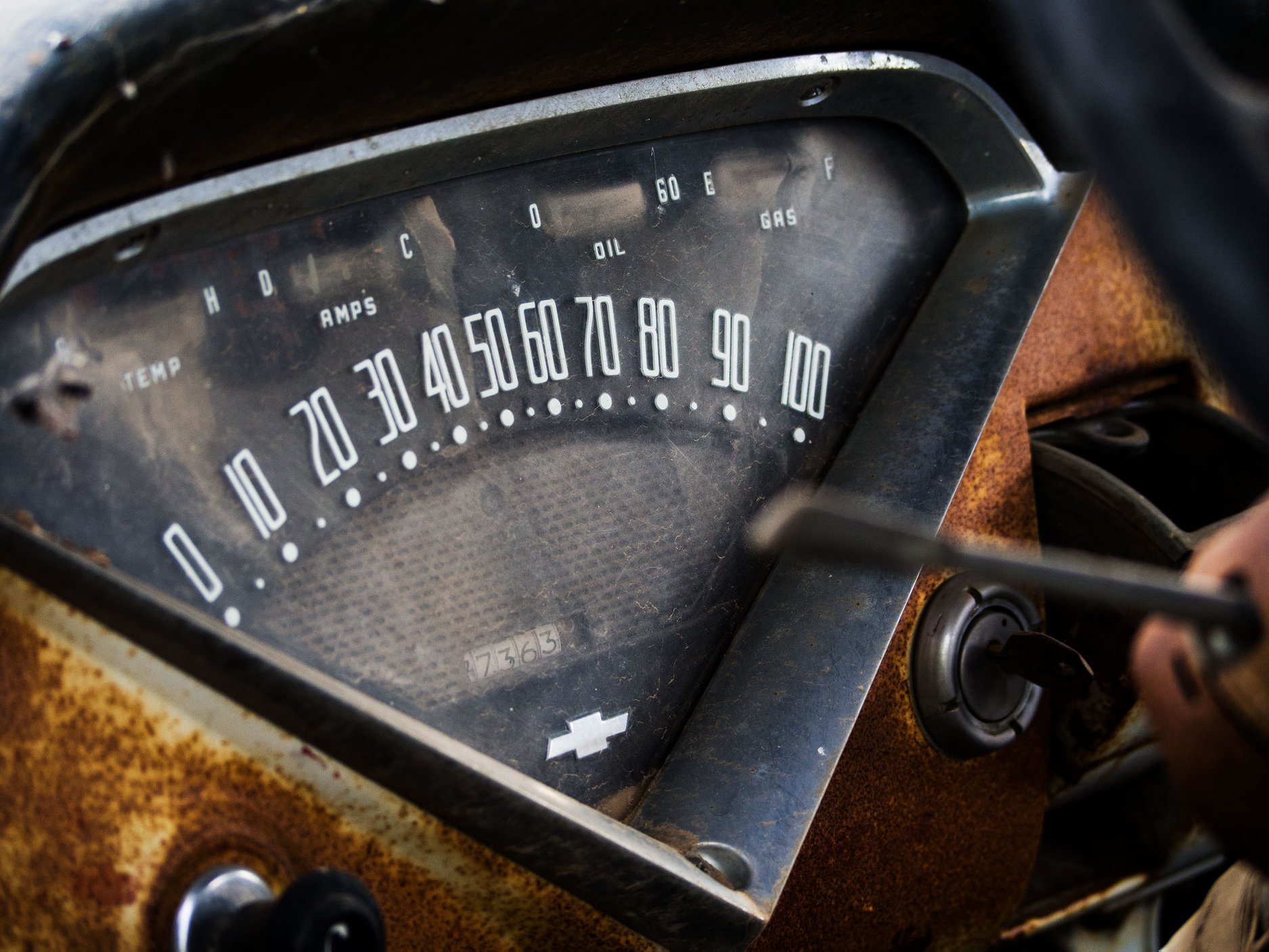The one aspect of the Erdnase Stack that I have never liked is the undercut and throw during the second part of the stack. Below is the description of the four card stack for a five handed game with that step in bold:
FOR any game in which cards are dealt singly. Three of the desired cards are placed on top, one on bottom. Under-cut about one-third deck, injog top card, run two less than twice number players, out-jog and shuffle off to last card, so that it will be left on top. Under-cut to out-jog, forming break at in-jog, run one less than number players, throw to break, run one, in-jog running one less than twice number players, out-jog and shuffle off. Under-cut to in-jog and throw on top. Under-cut to out-jog, run one less than number players and throw balance on top. This gives the four desired cards to the dealer in four rounds.
Erdnase, Expert at the card table
Normally during an overhand shuffle you don’t simply cut a block off and throw it to the top. Instead, what I do is what was done in the first halve of the stack, namely, undercut to the out-jog and form a break at the in-jog. Then as I start the second part of the shuffle, I let the cards below the in-jog drop onto the top of the deck as I run one less than the number of players. This effectively hides the throw and reduces the right hands shuffling motion.
I think it makes the shuffle more deceptive.
